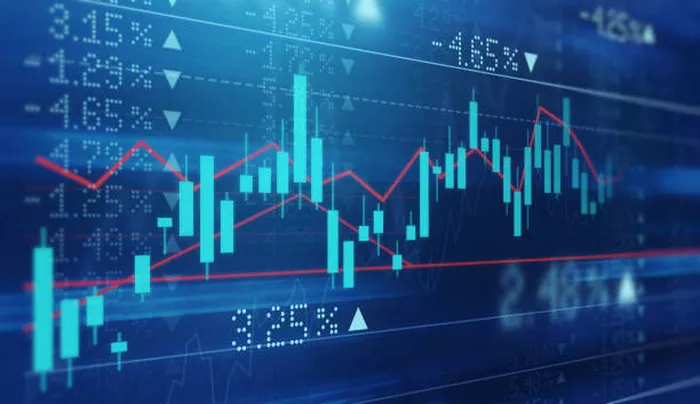In the bustling world of commodities trading, corn futures contracts play a pivotal role, offering traders and investors a platform to speculate on the future price movements of corn. Central to these contracts is the concept of standard quantity, which dictates the amount of corn underlying each futures contract. In this article, we delve into the intricacies of corn futures contracts at the Chicago Mercantile Exchange (CME), exploring the significance of standard quantity, its implications for market participants, and the mechanisms governing its determination.
Understanding Corn Futures Contracts at the CME
Corn futures contracts traded at the CME represent agreements to buy or sell a specified quantity of corn at a predetermined price on a future date. These contracts serve as essential risk management tools for farmers, food processors, and other stakeholders in the corn supply chain, allowing them to hedge against adverse price movements and lock in future prices for their corn products.
Significance of Standard Quantity in Corn Futures Contracts
Standard quantity refers to the amount of corn underlying each futures contract traded at the CME. It serves as a fundamental parameter that determines the size and scope of corn futures trading activity, influencing contract specifications, trading volumes, and market liquidity. By standardizing the quantity of corn per contract, commodities exchanges like the CME facilitate efficient price discovery, enhance market transparency, and promote fair and orderly trading.
Determining Standard Quantity in Corn Futures Contracts
The standard quantity in a corn futures contract at the CME is typically expressed in bushels, with each contract representing a specified number of bushels of corn. For example, the standard quantity for corn futures contracts at the CME is often set at 5,000 bushels per contract. This means that by purchasing or selling one corn futures contract, market participants effectively control the rights to buy or sell 5,000 bushels of corn at the contract’s specified price and delivery date.
Implications for Market Participants
For traders and investors engaged in corn futures trading, understanding the implications of standard quantity is essential for managing risk, determining position sizes, and optimizing trading strategies. The standard quantity dictates the scale of each futures contract, influencing factors such as margin requirements, transaction costs, and profit potential. By aligning their trading activity with the standard quantity of corn futures contracts, market participants can effectively participate in the market while minimizing exposure to excessive risk.
Mechanisms Governing Standard Quantity in Corn Futures Contracts
The standard quantity in corn futures contracts at the CME is determined by commodities exchanges based on factors such as market demand, industry standards, and regulatory considerations. Exchanges periodically review and adjust contract specifications to ensure they remain relevant and responsive to evolving market conditions. Changes to the standard quantity may occur in response to shifts in supply and demand dynamics, technological advancements, or regulatory requirements.
Conclusion
In conclusion, standard quantity plays a critical role in shaping the dynamics of corn futures trading at the CME. By standardizing the amount of corn underlying each futures contract, commodities exchanges facilitate efficient price discovery, enhance market liquidity, and promote fair and orderly trading. For traders and investors, understanding the implications of standard quantity is essential for navigating the complexities of corn futures contracts, managing risk, and capitalizing on trading opportunities in the dynamic and competitive world of commodities trading.


